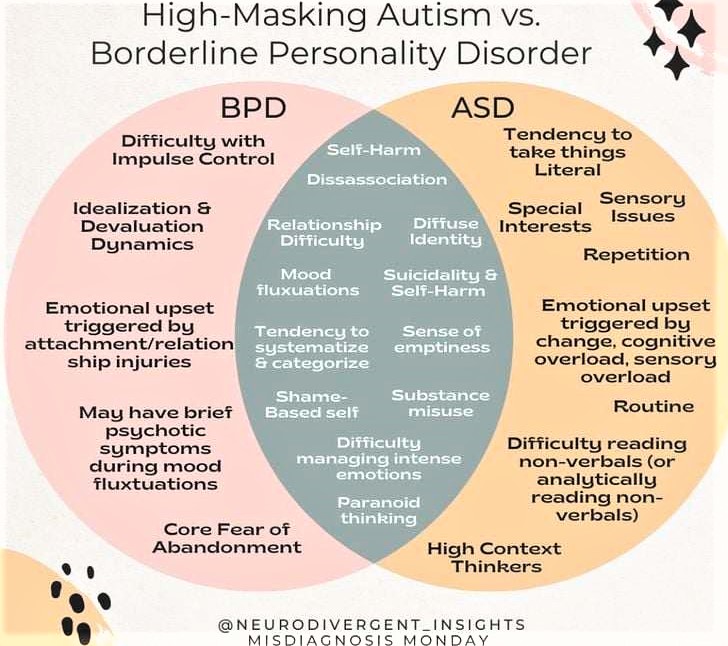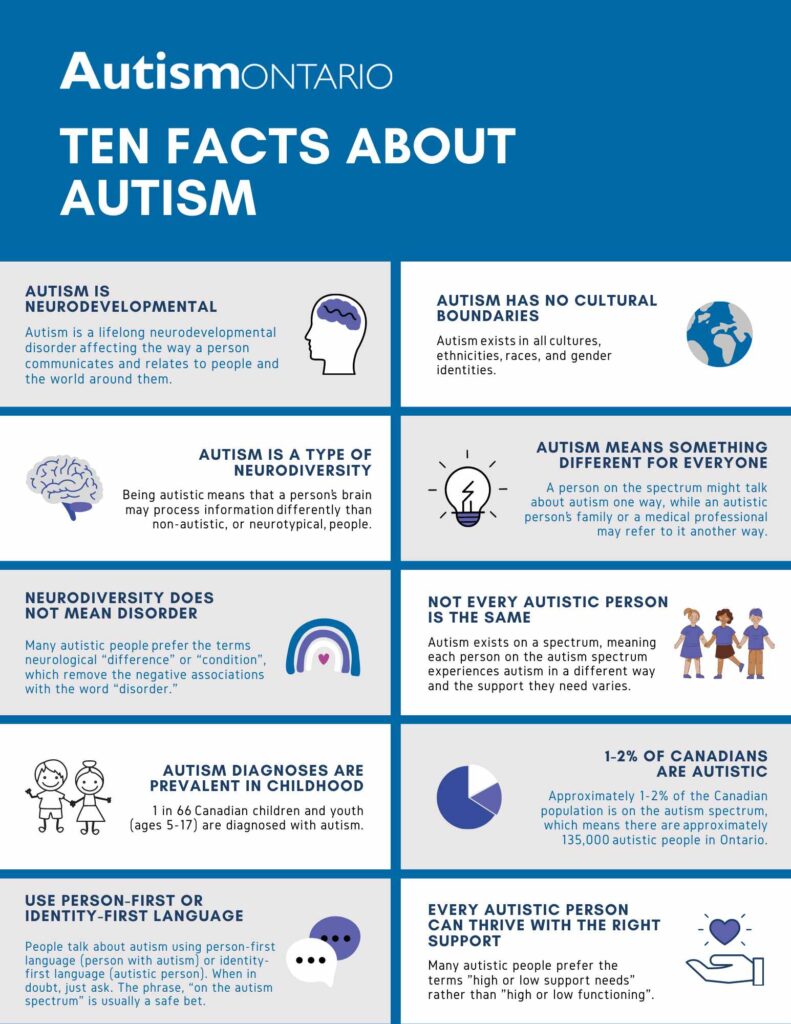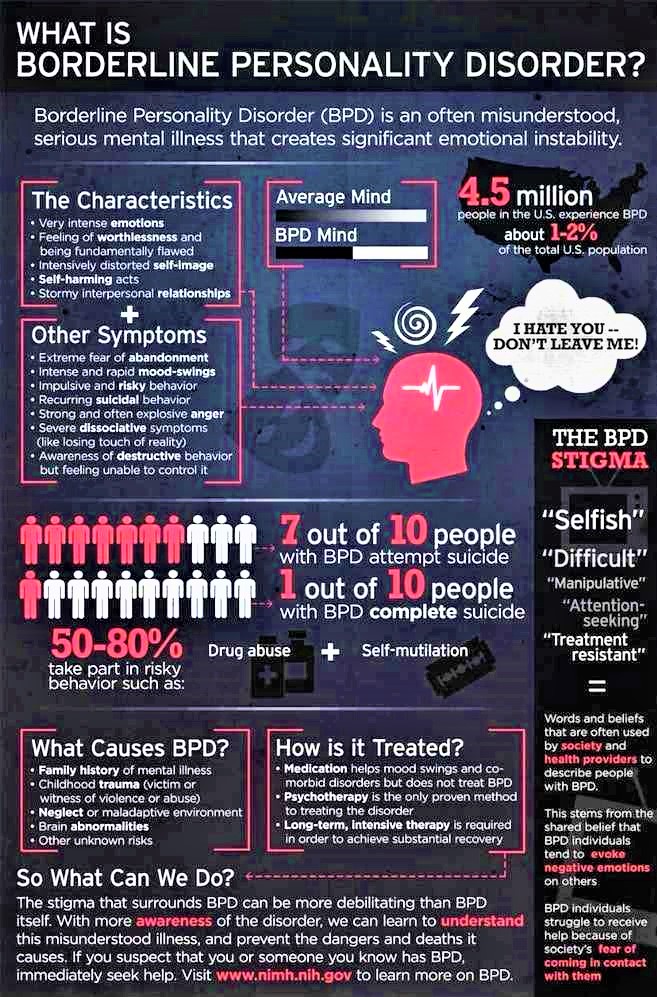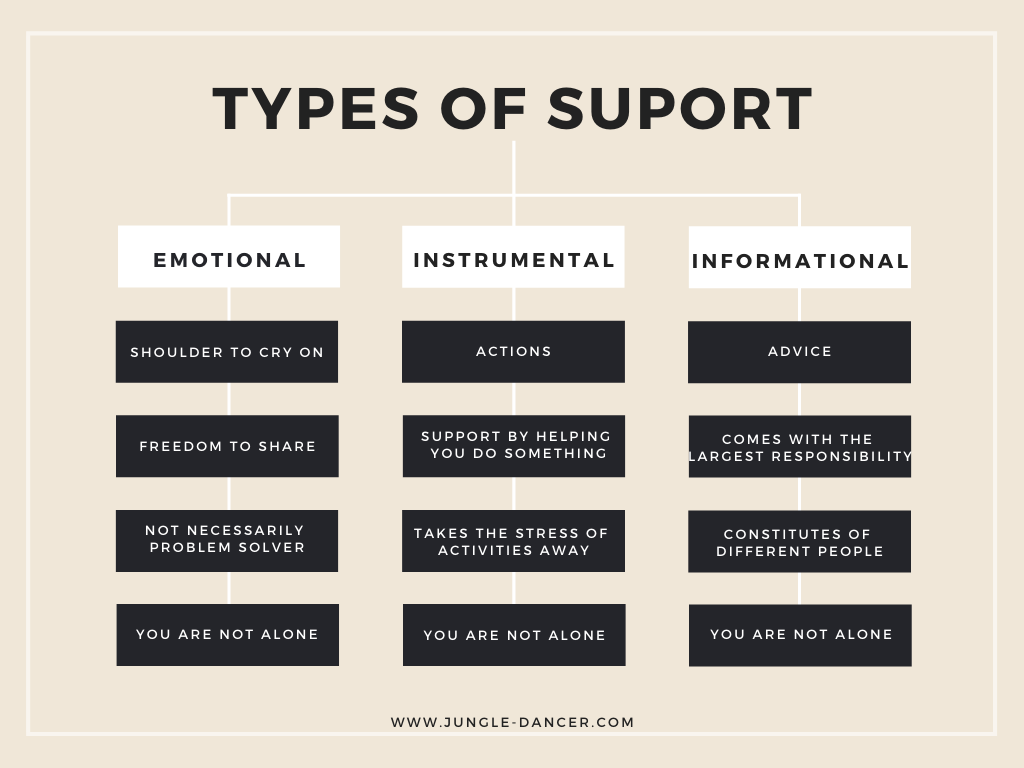Managing Emotions: Coping Techniques for People with Autism and Borderline Personality Disorder

I will reveal something that I rarely come right out of and disclose. I am autistic. High functioning, level 1, or Asperger’s, is what they used to call it. They label it as Asperger’s Disease in my Medical Records. Autism is not a disease but a neurological condition. It is considered a neurological and developmental disorder. This condition can exist for those with ADHD, PTSD, and autism.
Perhaps you’re curious why I’m delving into this topic when it isn’t classified as a mental illness. Individuals on the autism spectrum often struggle with various mental health conditions. These conditions can arise from how they are perceived, treated, and supported. As a result, autistic individuals may battle with depression, anxiety, borderline personality disorder (BPD), dissociation, attention deficit hyperactivity disorder (ADHD), post-traumatic stress disorder (PTSD), and more. We experience the world distinctly compared to neurotypical ones, with our unique sensory details of the sights, sounds, smells, and feelings of the world around us.
Since we are discussing ASD and BPD, I want to say that I have lived with BPD because of the trauma that I went through as a child. BPD often stems from trauma. For nearly a decade, I did not know BPD existed; I confused it with bipolar disorder. BPD explained my difficulty in expressing emotions and having abandonment issues. Autism explained how hard it was to be in a crowd, socialize, do the “wrong” things, and more. Because of this, I want to give you coping techniques that have worked for me, and that might be generalized enough for you.
Before we move on, I want to explain two things that I will reference throughout this post.
Neurodivergent–In Medical News Today, their article explains that it “describes people who process information and behave that differ from the actual or perceived norms of a particular culture.”
- ADHD, learning disabilities, autism, Tourette’s, Synesthesia, Dyscalculia, Epilepsy, and more. (All of which I have except Tourette’s)
- It can affect identity, quality of life, learning styles, sensory perception, object permanence, behaviors, etc. (Again, I have all)
- Different ways of thinking benefit society as they offer unique perspectives and ideas, as stated in Medical News Today.
Neurotypical – Medical News Today, “describes someone who thinks and processes information in ways typical within their culture. They learn skills and reach developmental milestones around the same time as their peers.”
- Have normal social, organizational, and tolerance, except change, ability to focus, and more.
Let’s start with Autism:

Individuals with ASD behave differently than neurotypical people do. Some people with ASD communicate, interact, cope, and learn differently; tics, stems, safe foods and sensory disorders can be difficult to handle. ASD can range from verbal to non-verbal and high or low functioning.
People with ASD are 72% more likely to have a mental health diagnosis. Being a woman with ASD diagnosed in adulthood, I can attest to the difficulties of this disorder and its interactions with other mental health illnesses like BPD. Women are more likely to be diagnosed later in life as women show autism differently than males, and women have not been thoroughly studied as men have. With this in mind, we use masking to cope with it. What is masking, you may ask? Masking is when someone with autism mimics the behavior of neurotypical people to blend in with society. This is typically common with women. This involves hiding their tics and other autistic traits from others. I have been masking for most of my life without even realizing it. Living in a world where you feel you have to hide your true self to fit in is difficult.
There is a 4% rate of ASD and BPD co-existing and a chance of co-morbidity. This brings us to the discussion of borderline personality disorder. In a post from Blaise at Medium.com, she provides an infographic that sums up the critical points of BPD.

BPD can make it hard to manage emotions, leading to impulsiveness, low self-esteem, and relationship problems. Medication can help control mood swings and impulsivity of this disorder. Some therapists may avoid working with people with BPD due to their emotional dysregulation. There are approximately 2% of the population with BPD. I am part of that 2%. It wasn’t until I was in my 20s that I realized how much I needed help with ASD and BPD. Having received clinical diagnoses of both ASD and BPD, I want to offer some insight into the strategies that have proven helpful for me.
Coping Mechanisms
Sensory Issues
Both have sensory issues (sounds, smells, tastes, etc.). I can’t handle certain textures (food, cloth, material, sounds, etc.) So, one thing I do is keep a Sensory Bag with me.

A sensory bag or holder is essential because it helps with sensory load, anxiety, stress, comfort, emotional regulation, and more. The best part is you can customize it based on your needs.
Free Holistic Approaches
• Diaphragmatic Breathing
• Self-Help
• Here is an infographic by Priory Group of Self-Care Techniques:

• ASMR (autonomous sensory meridian response): Provides a tingly sensation like someone brushing your hair for you. It is calming and relaxing, induces sleep, and helps relieve stress.
• Pets
• Short nap
• Feel your emotion: For 90, deep breaths will typically relieve that emotion.
• Body Scan: when you know your body from head to toe and breathe deeply.
Support System
If you have people you can rely on, go to them. It isn’t easy, but it is something you can do. You never know how beneficial it can be to talk to someone you can trust. A post by Jungle Dance lists many ways to support those you love with mental illness. Two of their infographics sum this up pretty well:

Therapy
• DBT, or Dialectical Behavioral Therapy- is effective for ASD and BPD, but you should tailor to each patient. DBT therapy assists with emotional regulation, mindfulness, and relationship management. I use these techniques: in-person sessions, virtual therapy, and skill training. Sticking to your therapist’s mental health plan is crucial, but it’s easier said than done.
• ABA, or Applied Behavior Analysis, is another therapy for treating BPD and ASD. It treats the symptoms instead of just the disorder. It uses FBA or Functional Behavior Analysis, which can possibly treat the ABCs of Behavior Analysis.
• Antecedent – Situation that leads to behavior
• Behavior – an action that leads to the antecedent
• Consequence – reinforcement mechanism associated with the behavior
*Disclaimer: ABA can be harmful to those with autism. *
EMDR (eye movement desensitization and reprocessing) Therapy uses eye movements to help you process traumatic memories and distressing experiences. This includes desensitization and a body scan.
How to Help People with BPD and ASD
Understanding and supporting individuals with mental health diagnoses is a complex and ongoing process. It involves empowering and validating individuals, learning what works for them, and understanding their triggers and comforts. The diagnoses themselves do not disappear and require lifelong support. Neglecting clinical or personal support can lead to significant setbacks, much like neglecting medications can create a sense of unease and discomfort. It’s essential to approach this process with mindfulness and a willingness to learn from all sensory details, including the sights, sounds, smells, and feelings of those involved. It is essential to know that neither is contiguous: intellectual disability, robotic, lack of humor, etc. These are all misperceived notions.
How do BPD and ASD differ? In a blog post from Paul Isaacs’ Blog, he shares an infographic about the differences between ASD and BPD.

Final Thoughts
Living with a neurological disorder such as autism spectrum disorder (ASD) and a comorbid mental illness like borderline personality disorder (BPD) can be challenging because of conflicting mood swings and difficulties with socializing. Individuals with ASD and BPD are more likely to be introverted. However, it is important to remember that living with these disorders and mental health illnesses does not have to be done alone. One can make coping mechanisms work for them by personalizing them according to their preferences. The symptoms differ with the individual and are not a basis for who the person is and how the person will behave. People with ASD and BPD can live an everyday life.
For coping mechanisms, there are a variety of techniques that people use to manage stress, anxiety, and other challenging emotions. Some people find that exercise, meditation, or deep breathing exercises help them feel more relaxed and centered. Others may benefit from talking to a trusted friend or therapist, journaling, or engaging in creative pursuits like painting or music. Still, others may find that engaging in gardening, cooking, or nature can be calming and grounding. It’s important to have various coping mechanisms for feeling overwhelmed or stressed. By caring for yourself and your emotional needs, you can improve your overall well-being and feel more resilient in life’s challenges.
By leaving a comment below, you can assist others by sharing any coping mechanisms that have proven effective for you. Your perspective is valuable, and I would love to see what you have to say about this topic. The comment section is a great place to engage with other individuals, so don’t hesitate to share your thoughts and engage in meaningful conversation with others. Don’t miss a thing! If you want to keep up with all my blog posts, follow and subscribe.
Resources:
Blaise. (2018, October 10). Borderline Personality Disorder is one of the most misunderstood, stigmatised & complex mental health diagnoses. Medium. https://medium.com/@OneTinyTweet/borderline-personality-disorder-is-one-of-the-most-misunderstood-stigmatised-complex-mental-d1b2fe39180e
Vandongen, K. (2018, February 1). Writing with Emotional Power. 15 easy to follow ways. Medium. https://medium.com/publishous/15-ways-to-encourage-readers-to-take-action-4943bd1dda1b
Mental Health and Self-Care. (n.d.). Priory. https://www.priorygroup.com/blog/mental-health-and-self-care
